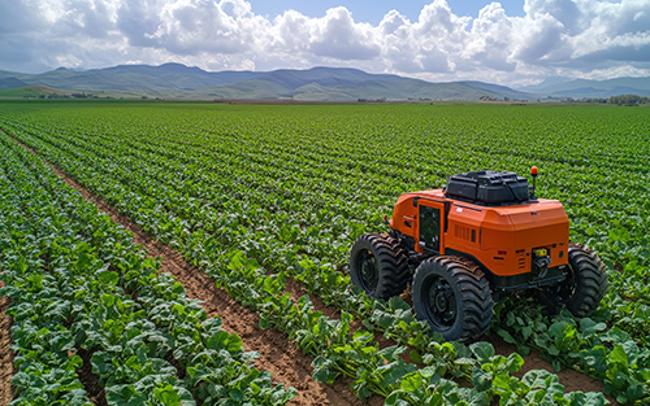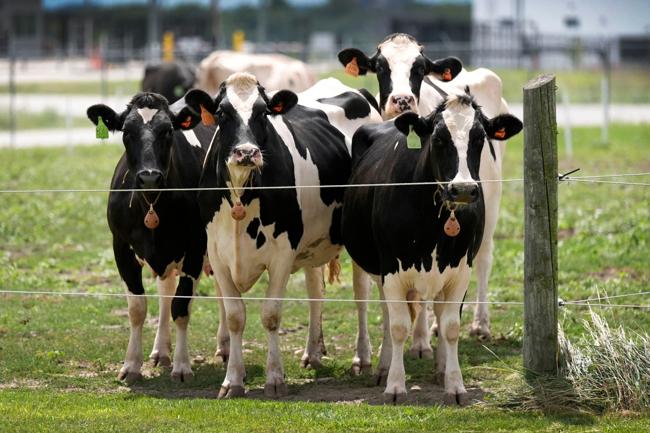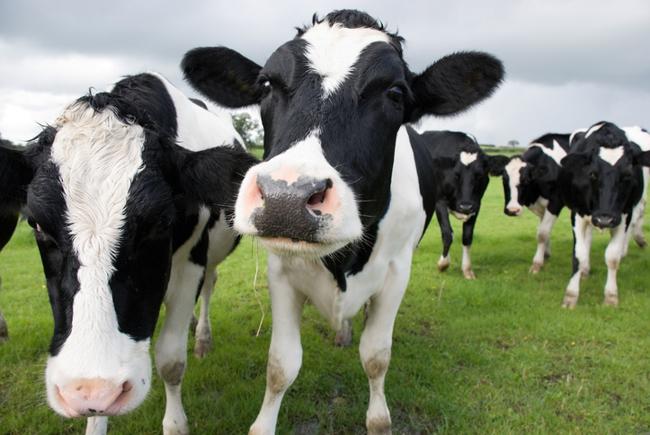Summary
Accelerating the innovation and deployment of autonomous technologies is essential to help farmers increase productivity and meet rising food demands.
Source: Automation.com

AI News Q&A (Free Content)
Q1: What are the latest technological innovations being deployed in autonomous agriculture, and how do they contribute to increased productivity?
A1: Recent innovations in autonomous agriculture include the integration of sensor networks, real-time soil and crop monitoring, and machine learning algorithms for precision farming. These technologies enable data-driven decision-making, optimize resource allocation, and reduce labor requirements. For example, the use of sensors provides real-time information on soil health and moisture, facilitating timely interventions and boosting crop yields. Machine learning models also predict yields and support targeted fertilizer and pesticide use, resulting in increased efficiency and sustainability in farming operations.
Q2: How has the adoption of robotics and automation affected labor dynamics and operational costs in commercial agriculture?
A2: The adoption of robotics and automation in commercial agriculture has led to a significant reduction in manual labor needs and operational costs. Autonomous machines, such as robotic harvesters and automated tractors, can operate continuously and perform repetitive tasks with high precision. As a result, farmers can reallocate human resources to more complex activities, enhancing overall productivity and profitability.
Q3: What are the primary challenges faced in deploying autonomous navigation systems in agricultural environments, based on recent scholarly research?
A3: Deploying autonomous navigation in agriculture faces challenges such as navigating semi-structured and unstructured terrains, dealing with variable lighting, and ensuring reliable obstacle detection. Recent research highlights the development of low-cost motion planners using RGB-D cameras and deep learning for robust navigation in vineyards. Hybrid control algorithms are designed to handle sudden failures and adapt to real-world conditions, but further work is needed to improve reliability and scalability across diverse crop environments. (Source: 'Local Motion Planner for Autonomous Navigation in Vineyards with a RGB-D Camera-Based Algorithm and Deep Learning Synergy')
Q4: How does integrating advanced information and communication technologies (ICT) in agriculture foster sustainable and resilient farming practices?
A4: Integrating ICT solutions such as real-time data collection, wireless communication, and cloud-based analytics allows farmers to monitor crop and soil conditions accurately, optimize irrigation, and predict disease outbreaks. This data-driven approach enables more targeted interventions, reduces resource wastage, and supports sustainable farming practices. Combining traditional methods with modern ICT tools fosters a resilient agricultural ecosystem that can adapt to environmental changes and market demands. (Source: 'Transforming Agriculture: Exploring Diverse Practices and Technological Innovations')
Q5: What economic impacts have been observed in countries that have increased their focus on agricultural autonomy and innovation?
A5: Countries investing in agricultural autonomy and innovation have observed positive economic impacts, including increased productivity, higher GDP growth, and reduced dependency on imports. For instance, the expansion of agricultural credit and adoption of modern technologies in Bangladesh have led to long-term economic growth and improved capital formation. In Russia, efforts to enhance self-sufficiency through innovation after sanctions resulted in reduced food imports and increased domestic agricultural production. (Sources: 'Agriculture Credit and Economic Growth in Bangladesh: A Time Series Analysis'; 'Russian Agricultural Industry under Sanction Wars')
Q6: What are the environmental considerations and potential drawbacks associated with the rapid deployment of autonomous agricultural technologies?
A6: While autonomous technologies enhance productivity, they may also contribute to environmental challenges such as increased energy consumption, electronic waste, and potential overreliance on monocultures. Large-scale implementation can exacerbate issues like soil compaction and biodiversity loss if not managed sustainably. Balancing technological advancement with environmental stewardship is crucial to prevent negative impacts and ensure the long-term viability of autonomous agriculture.
Q7: How do innovation centers and government initiatives support the diffusion of agricultural technology among farmers, especially smallholders?
A7: Innovation centers and government initiatives provide grants, training, and direct assistance to facilitate the adoption of advanced technologies among farmers, particularly smallholders. These programs help bridge the knowledge gap, offer support for value-added production, and enhance market access. For example, the USDA funds Agriculture Innovation Centers that empower producers to implement processing and marketing innovations, driving broader adoption and economic resilience in rural communities.
References:
- 'Agriculture Credit and Economic Growth in Bangladesh: A Time Series Analysis'
- }, { "Q6": "What are the environmental considerations and potential drawbacks associated with the rapid deployment of autonomous agricultural technologies?", "A6": "While autonomous technologies enhance productivity, they may also contribute to environmental challenges such as increased energy consumption, electronic waste, and potential overreliance on monocultures. Large-scale implementation can exacerbate issues like soil compaction and biodiversity loss if not managed sustainably. Balancing technological advancement with environmental stewardship is crucial to prevent negative impacts and ensure the long-term viability of autonomous agriculture." }, { "Q7": "How do innovation centers and government initiatives support the diffusion of agricultural technology among farmers, especially smallholders?", "A7": "Innovation centers and government initiatives provide grants, training, and direct assistance to facilitate the adoption of advanced technologies among farmers, particularly smallholders. These programs help bridge the knowledge gap, offer support for value-added production, and enhance market access. For example, the USDA funds Agriculture Innovation Centers that empower producers to implement processing and marketing innovations, driving broader adoption and economic resilience in rural communities." }
- Agriculture Innovation Center - https://en.wikipedia.org/wiki/Agriculture_Innovation_Center





